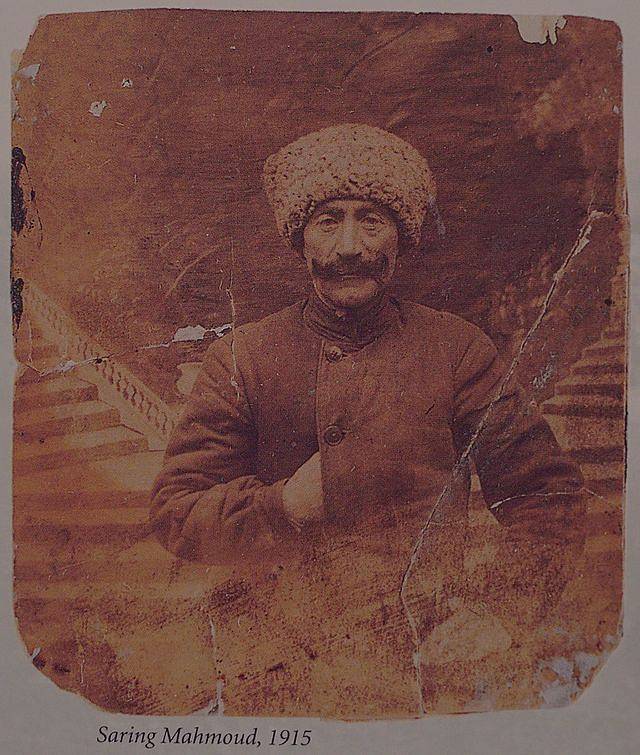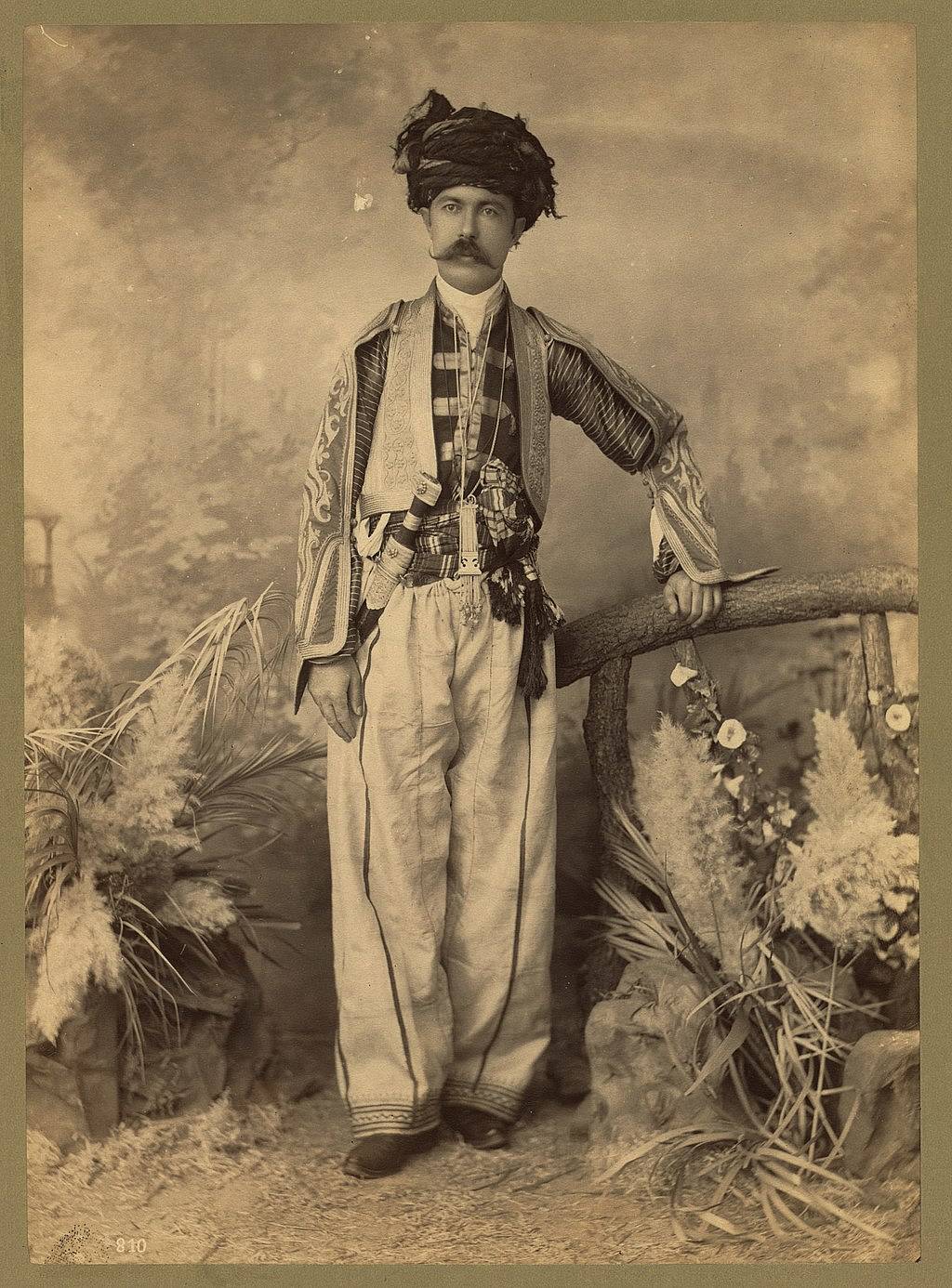In Depth: The Meaning Of Time In Photography
3 14 Share TweetThe concept of time is ambiguous. It has rules, but it is relative and personally perceived differently by everyone. Nonetheless, it flows for everybody in the same direction. One point where we can all agree is that it marks the passing of events:
"Time is the continued sequence of existence and events that occurs in an apparently irreversible succession from the past, through the present, into the future." Wikipedia
In photography, we can capture moments in time with the aid of a camera. As time is complicated to define, what is its concept in photography? There is the technical explanation: A device is set to photograph an action happening in front of it, thus becoming an image.
By setting your camera’s tools in different ways you can record different forms, either simulating eye vision or altering it. In photography, these techniques are known as blur, time lapse, long exposures, freeze, and panning.
Here is where the dilemma enters a photographer's work. The action of setting a camera in one or the other way will be the starting point to achieving endless possibilities.
Whether we snap an instant or we aim to tell a full story, time is involved through the use of photography. By collecting a vast amount of images, we can tell stories that span a long period.
Documentary photography involves photographing the present while documenting the past, intrinsically dealing with the relativity of time. When we discuss history we can travel in time through artefacts and, since 1826, with photographs that documented human existence.

Time Capsules
When Susan Meiselas worked on her book about Kurdistan she was sent to document the Iraq war. Some stories began to be told in the present, however, seemingly they had no past.
"This time, however, I was coming in at the end of the story. I had no connection to the Kurds and even less sense of why these killings had occurred. I felt strange—photographing the present while understanding so little about the past. Now I realize that the unearthing of these graves led me to years of further digging." - Susan Meiselas
For this work, Meiselas investigates the past, hunting for pieces of history. The book moves in time as images and information were collected. We notice the progression across the quality of the photos: from sepia, to black and white, to color. Slowly, they reveal what is left of the past and the history of the Kurdish people.

Photos, negatives and stories travel through time. Throughout this work, Meiselas has captured an important piece of history that could have been lost. Due to the stateless situation of the Kudish people, their history has no archive, and no place to rest.
When we document we do it for posterity, to preserve and narrate what happened and what once was. It’s a sad fact that in some instances people have attempted to erase the past.
Does a life only have value while it is lived? Or does the act of preserving matter too? Something that physically happened years ago is relevant again when acknowledged. In this way photography acts as a time machine, able to re-awaken emotions and reinforcing a timeline of events that may be relevant in more than one life.
In the end time will determine the value of those images. Perhaps we just need to keep a record, and trust that if something important lies within this record then it will be revealed by itself, in time.
What is your relationship with time and photography? How do you approach this subject? Share your ideas in the comments below.
written by eparrino on 2022-11-13 #culture #in-depth #the-decisive-moment #in-depth #time-in-photography #susan-messilas
















3 Comments